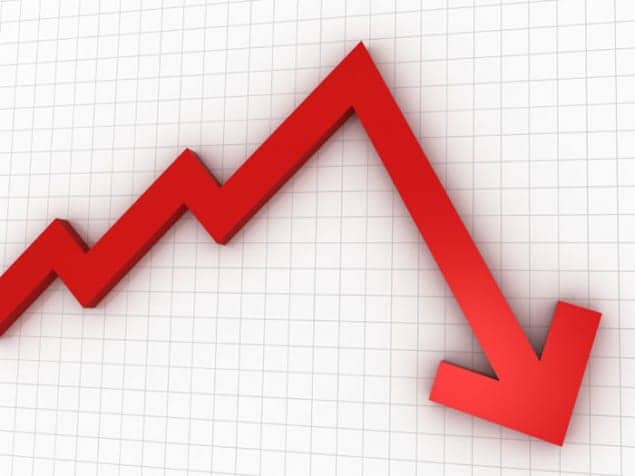
Scientists believe that many complex systems – from financial markets to fish stocks – should produce warning signs just before they collapse. Well established in theory, this idea has now been demonstrated experimentally by a group of physicists in the US and the Netherlands, who have observed longer and more marked reactions to small external shocks in populations of yeast cells just before collapse. They say that their work may help to conserve fragile ecosystems.
The collapse of populations in nature has occurred numerous times in the past, such as the disappearance of cod stocks in Atlantic Canada in the 1990s. Populations can be vulnerable to sudden collapse when the rate at which individuals reproduce depends on the population density – with too high a density putting pressure on resources and too low a density making it hard to mate, hunt or fend off predators, for example. With a slight worsening of environmental conditions, such as an increase in fishing, the density drops below a critical value and numbers decline abruptly.
To gain a better understanding of this phenomenon, Jeff Gore of the Massachusetts Institute of Technology (MIT) and colleagues studied the common yeast Saccharomyces cerevisiae. To acquire energy, yeast cells break up sugar molecules in the surrounding medium, but they can only capture a small fraction of the resulting fragments. The addition of one or more neighbouring cells increases the concentration of sugar fragments available but also means that a greater fraction of these fragments is consumed. This boosts the per capita rate of energy consumption and with it the rate of reproduction. Beyond a certain cell density, however, there is less sugar to go round and the growth rate drops off.
Daily dilutions
The researchers began by charting the evolution of many samples of yeast cells, each with a different initial cell density, that were contained within a liquid medium containing 2% sugar. Each day they remove a certain fraction of the cells by diluting the samples. They found that populations starting below a critical density died out, while the rest survived and reached a common, stable density.
The researchers then repeated this exercise with a range of dilution factors, plotting the increase in critical density and the decrease in the upper fixed density as they increased the dilution. They found that at a certain dilution factor – the tipping point – the two densities coincided, which means that at higher levels of dilution a population is doomed to extinction no matter what its initial density. In terms of fish stocks, this would mean that too much fishing would inevitably destroy stocks no matter how plentiful they were initially.
Next, Gore and co-workers probed the resilience of their yeast populations – in other words, the yeast’s ability to avoid annihilation when below the tipping point but exposed to an external shock. In this case the shock was the addition of salt, which can damage and ultimately kill yeast cells. The researchers found that, as expected, samples even significantly below the tipping point can be wiped out. But they also found that for samples subject to lower dilutions, the size of the temporary drop in cell density and the time needed to recover back to the initial density both increased with increasing dilutions.
Early warning
Gore’s colleague Lei Dai, also at MIT, says that measurements of this density drop and recovery time – or surrogates of these – could warn of an impending tipping point. He points out that other scientists have observed similar variations in densities within real-life populations, but that they were not able to prove the existence of a tipping point within these populations. Foreseeing such tipping points in real-life systems, he says, would mean measuring fluctuations in the population density at suitable intervals over a sufficiently long time – perhaps once every few months for several decades in the case of fish stocks. Analysing the stockmarket, in contrast, might simply mean recording share prices every day over a period of several months.
Didier Sornette, a financial economist at ETH Zurich who trained as a physicist, says that, for him, “there is not much surprise” in the latest work, as it confirms what has already been “well understood theoretically”, although he adds that “it is always nice to find a new system in which theory applies”.
However, John Drake, a biologist at the University of Georgia, describes the research as “a brilliant experimental demonstration of a phenomenon that is expected to be widespread in nature”, adding that “ecology is greatly in need of experimental models that are simple enough to understand in detail while retaining the key features of natural systems”.
The research is reported in Science.



